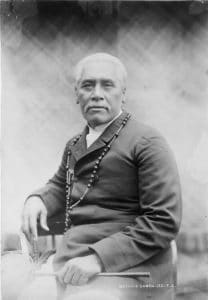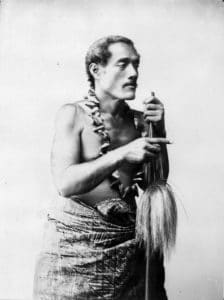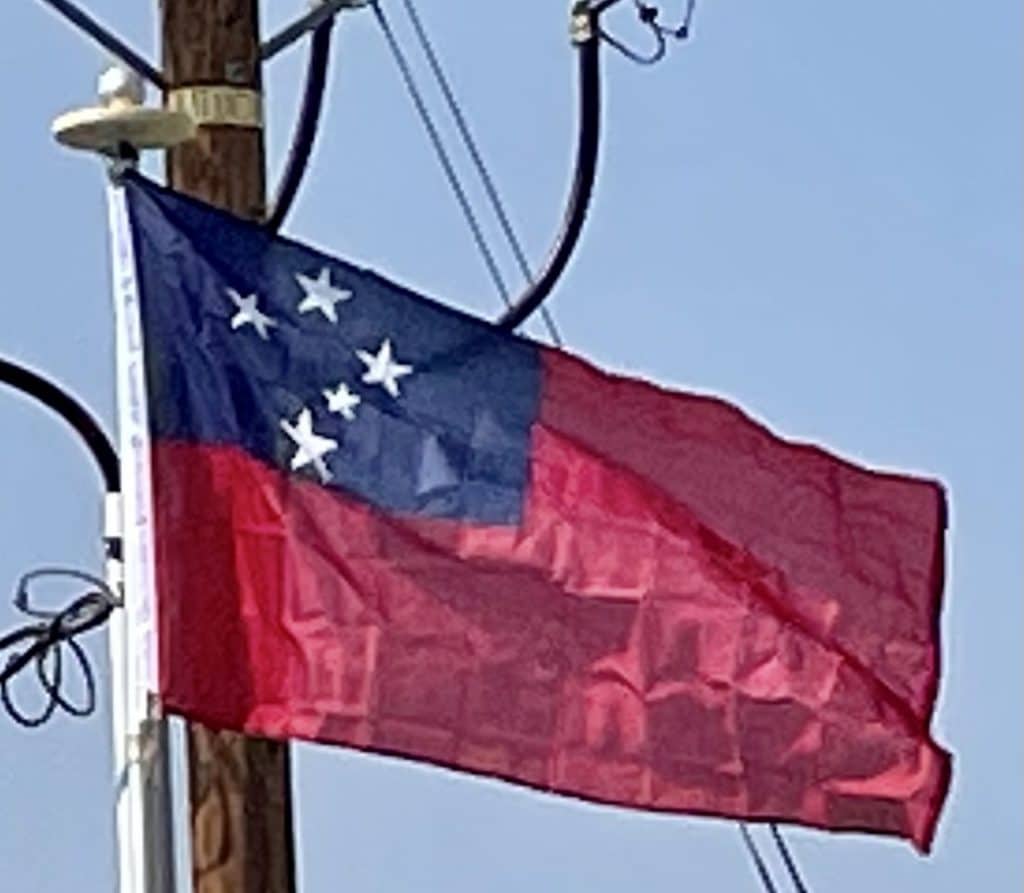American and British warships shelled Apia on 15 March 1899, including the USS Philadelphia. Germany, the United Kingdom and the United States quickly resolved to end the hostilities and divided the island chain at the Tripartite Convention of 1899, signed at Washington on 2 December 1899 with ratifications exchanged on 16 February 1900.

The eastern island-group became a territory of the United States (the Tutuila Islands in 1900 and officially Manu’a in 1904) and was known as American Samoa. The western islands, by far the greater landmass, became German Samoa. The United Kingdom had vacated all claims in Samoa and in return received (1) termination of German rights in Tonga, (2) all of the Solomon Islands south of Bougainville, and (3) territorial alignments in West Africa.
German Samoa (1900–1914):
The German Empire governed the western part of the Samoan archipelago from 1900 to 1914. Wilhelm Solf was appointed the colony’s first governor. In 1908, when the non-violent Mau a Pule resistance movement arose, Solf did not hesitate to banish the Mau leader Lauaki Namulau’ulu Mamoe to Saipan in the German Northern Mariana Islands.

In the first month of World War I, on 29 August 1914, troops of the New Zealand Expeditionary Force landed unopposed on Upolu and seized control from the German authorities, following a request by Great Britain for New Zealand to perform this “great and urgent imperial service.”
New Zealand rule (1914–1962):
From the end of World War I until 1962, New Zealand controlled Western Samoa as a Class C Mandate under trusteeship through the League of Nations, then through the United Nations. Between 1919 and 1962, Samoa was administered by the Department of External Affairs, a government department which had been specially created to oversee New Zealand’s Island Territories and Samoa.
Independence (1962):
After repeated efforts by the Samoan independence movement, the New Zealand Western Samoa Act 1961 of 24 November 1961 granted Samoa independence, effective on 1 January 1962, upon which the Trusteeship Agreement terminated. Samoa also signed a friendship treaty with New Zealand. Samoa, the first small-island country in the Pacific to become independent, joined the Commonwealth of Nations on 28 August 1970. While independence was achieved at the beginning of January, Samoa annually celebrates 1 June as its independence day.
In 2002, New Zealand’s prime minister Helen Clark formally apologized for New Zealand’s role in Spanish Influenza outbreak in 1918 that killed over a quarter of Samoa’s population and for the Black Saturday killings in 1929.

On 4 July 1997 the government amended the constitution to change the country’s name from Western Samoa to Samoa. However, in the United Nations, the country’s name had always been Samoa. American Samoa protested against the move, asserting that the change diminished its own identity.[48]
21st Century:
On 7 September 2009, the government changed the rule of the road, from right to left, in common with most other Commonwealth countries, most notably countries in the region such as Australia and New Zealand, home to large numbers of Samoans. This made Samoa the first country in the 21st century to switch to driving on the left.
